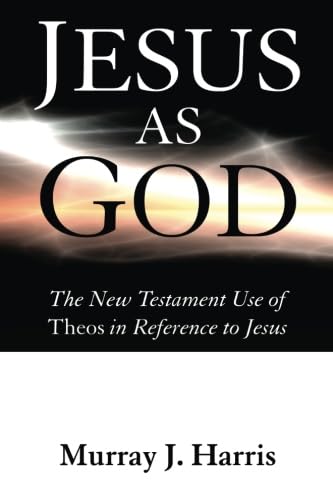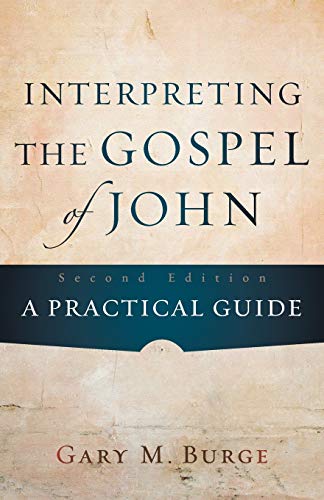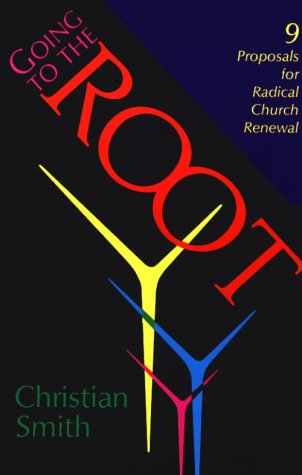The Non-conformists. In Search of a Lost Culture
Written by James Munson Reviewed By Anthony R. CrossBooks on Non-conformity are rare, so this book is particularly welcome. It focuses on the period 1890–1914 and the four major Non-conformist denominations—Congregational, Baptist, Wesleyan and Primitive Methodist—which constituted 77% of the movement. Munson also provides relevant forays into the smaller groups, such as the Quakers and Unitarians.
The period examined marks both the height of Non-conformist influence in England and the beginning of its decline. Munson’s aim is to demonstrate Non-conformity’s influence on English society, literature, education, architecture, religion and politics, the culture underlying the phrase ‘the Non-conformist Conscience’.
To begin with, the impact Non-conformity had on Victorian life is outlined, through social reformers like General Booth, Dr Barnardo and George Cadbury, and through businessmen such as W.H. Lever, the Wills family of Bristol and Henry Tate, after whom London’s Tate Gallery is named. Their disabilities now removed by statute, Non-conformists became not just participants but also leaders in national life, as reflected in the growing numbers who received civil honours.
On the social nature and constitution of Non-conformity, two popular myths are dispelled: that it was a village religion and the religion of the people. Rather, Non-conformity’s strength lay in the urban middle class, especially in the smaller but growing provincial towns with populations of between 10,000 and 100,000. Three fundamental changes in English life are identified as having contributed towards Non-conformist growth: population increase, urbanization and emigration, particularly to America. This is tempered by the assessment that Non-conformity was no more effective than Anglicanism in reaching the bulk of the working class.
Three major areas in which Non-conformists contributed towards Victorian culture are identified: in literature, through the Victorian novel, publishing companies, circulating libraries and inexpensive weekly papers; in university life, particularly as Oxford and Cambridge were now open to them; and through the diffusion of knowledge by means of new universities (including London, Birmingham, Sheffield and Manchester), the emphasis on self-help education and the introduction of external degrees.
In ‘The Non-conformist Minister’, interesting vignettes of C.H. Spurgeon, Joseph Parker and many other famous preachers are supplied. Of contemporary interest are the reasons for the decline in preaching: the belief that a cultured ministry repelled people, not attracted them; a ministry which increasingly disregarded central gospel truths, eventually leading to the ‘social gospel’; and ministers copying the dress and ritual of the still widely suspected Establishment.
A most illuminating chapter on the ‘Search for Dignity’ provides glimpses into Non-conformist worship and the growing desire for dignity. It will be a revelation to many to read of the introduction into services of collections, hymns, organs, liturgical prayers and much which is taken for granted today. This striving for dignity was also reflected in architecture, with a struggle between the Gothic, which was often too expensive, with its towers and spires, and Grecian style, its leading example being Spurgeon’s Metropolitan Tabernacle.
Helpful background to the present-day ecumenical scene is provided in ‘The Move to Unity’, sketching the events leading to the founding of the two National Free Church bodies in 1896 and 1919. The growth of local Free Church Councils, supported particularly by Baptists and Congregationalists, is outlined and the political as well as the religious nature of their activity is clearly shown.
A chapter is dedicated to Non-conformity’s influence on the Anglo-Saxon world, but almost exclusively deals with the two-way relationship between America and England.
The longest two chapters, which conclude the book, make it somewhat uneven in its treatment. Munson first discusses the ‘Nonconformist Conscience’, which he claims in his, ‘Afterword’ to have been Non-conformity’s chief contribution to English life. Though to Wesleyans it meant ‘social purity’ (p. 215), to Baptists and Congregationalists it had a more political ring (p. 218). Munson concludes that the Non-conformist conscience insisted ‘that public men should adhere to traditional standards of behaviour, that there is not one moral law for the powerful and one for the rest, that each individual is in some sense morally responsible for the problems of the world’. This legacy ‘may be Non-conformity’s most enduring memorial’ (p. 306). In similar fashion, the final chapter concentrates upon the political activities of Non-conformists, specifically the Passive Resistance movement sparked off by Balfour’s 1902 Education Bill, lasting till 1914, which saw the imprisonment and distraining of the goods of a number of Non-conformists and their ministers. Non-conformity’s relationship to the Liberal Party, which it returned to power in the landslide victory of 1906, is then closely examined. As an aspect of social history this is undoubtedly warranted and valuable, but those wanting to know more about the theology of Non-conformity will have to look elsewhere.
The author has sought to provide a realistic appraisal of the Non-conformist movement, trying to walk the tightrope of neither underplaying nor over-emphasizing their influence. His use of statistics is most helpful and clearly laid out.
Munson’s aim is to explore the ‘vast hinterland’, the lost culture of Non-conformity, and in so doing he makes a valuable contribution which will help towards redressing the imbalance caused by the scant treatment of Non-conformity in many of the standard church histories of this period. As such it is a valuable and needed book which will repay careful study, but requires supplementation from other sources to provide more detail on the theology of Non-conformity.
Anthony R. Cross
Minister of Calne Baptist Church, Wiltshire, England







